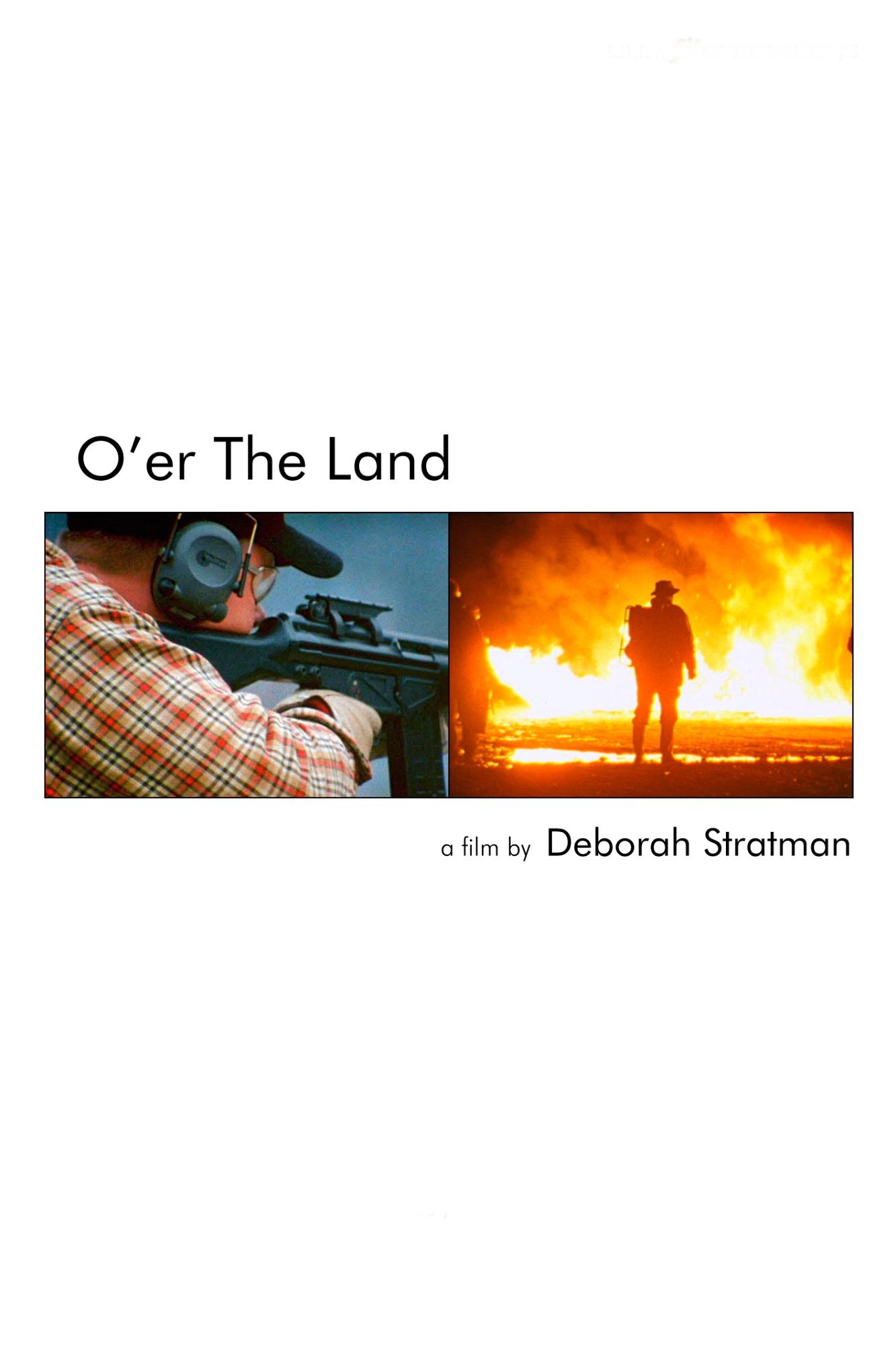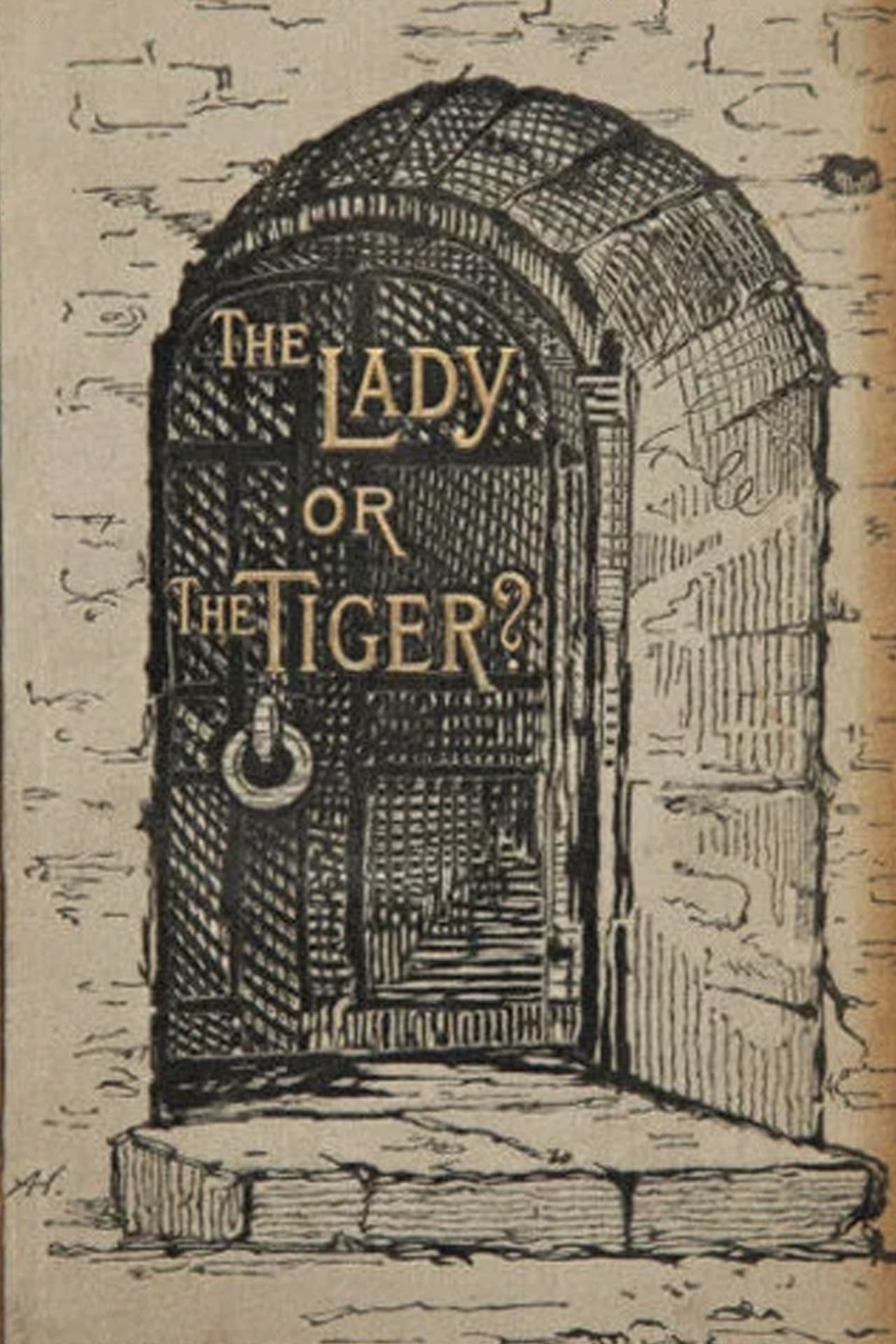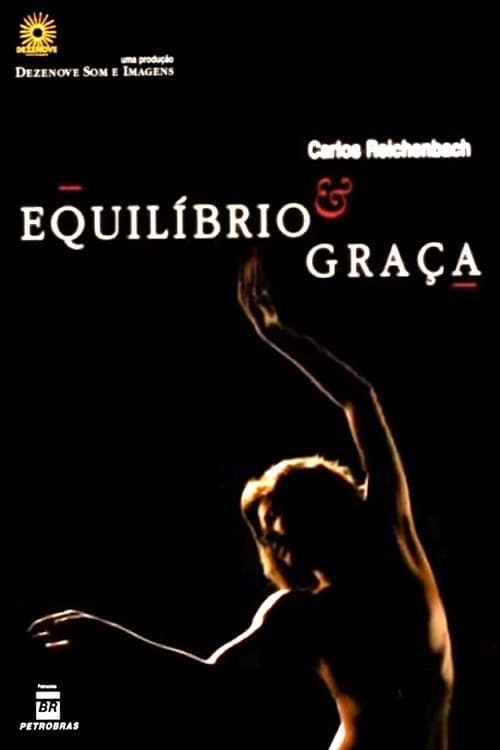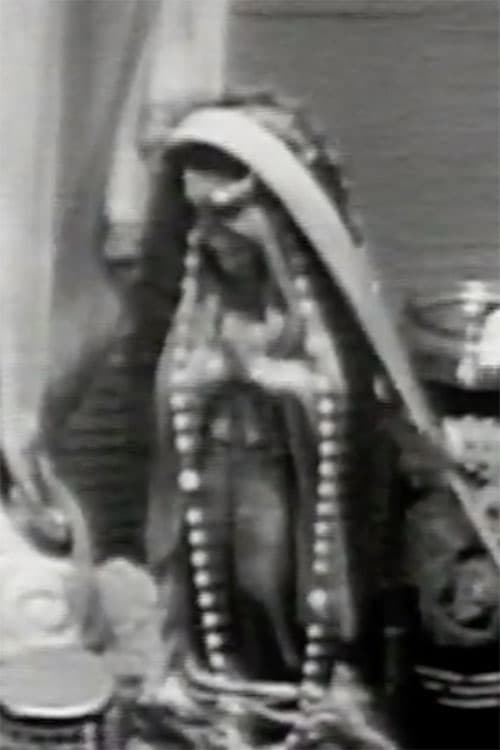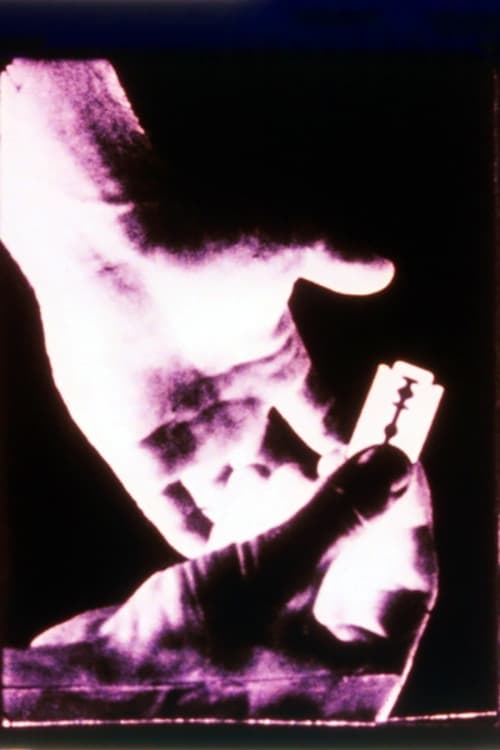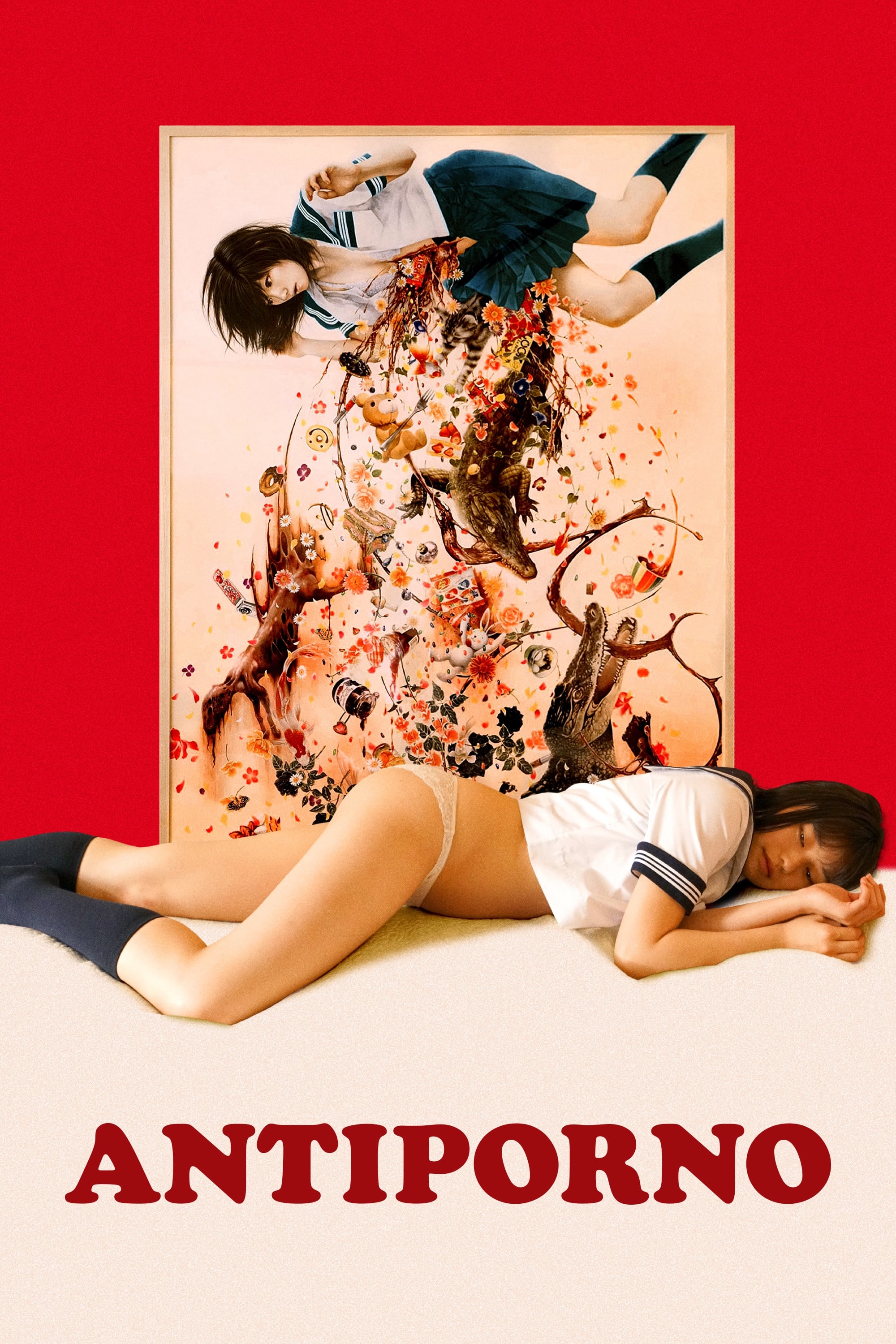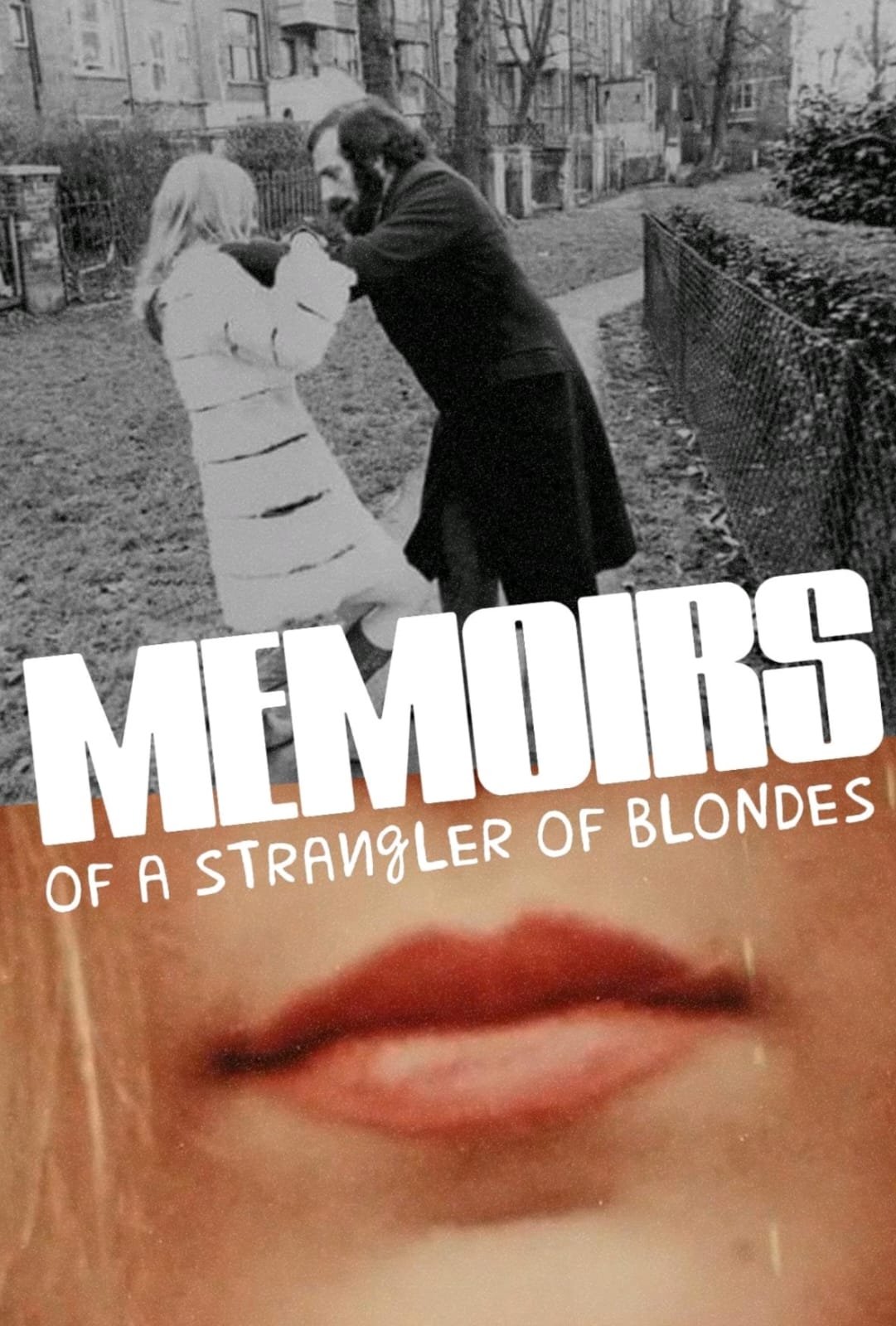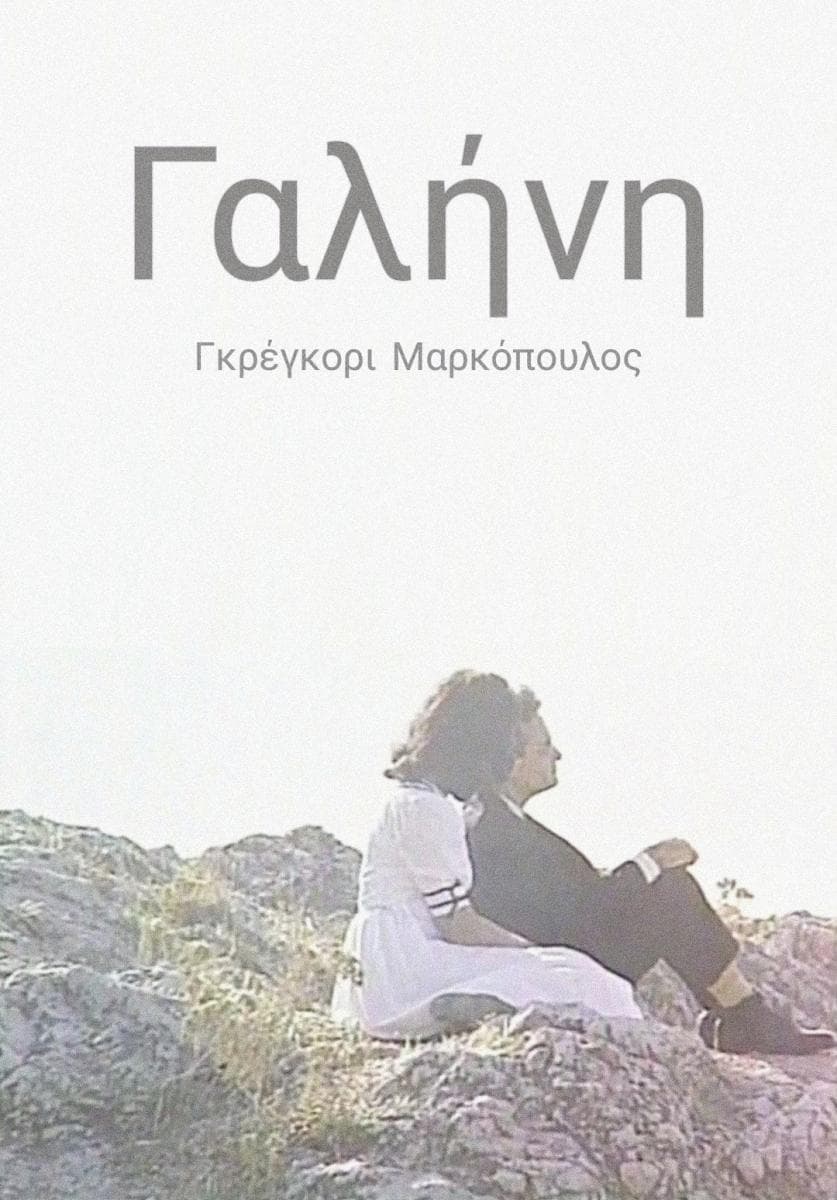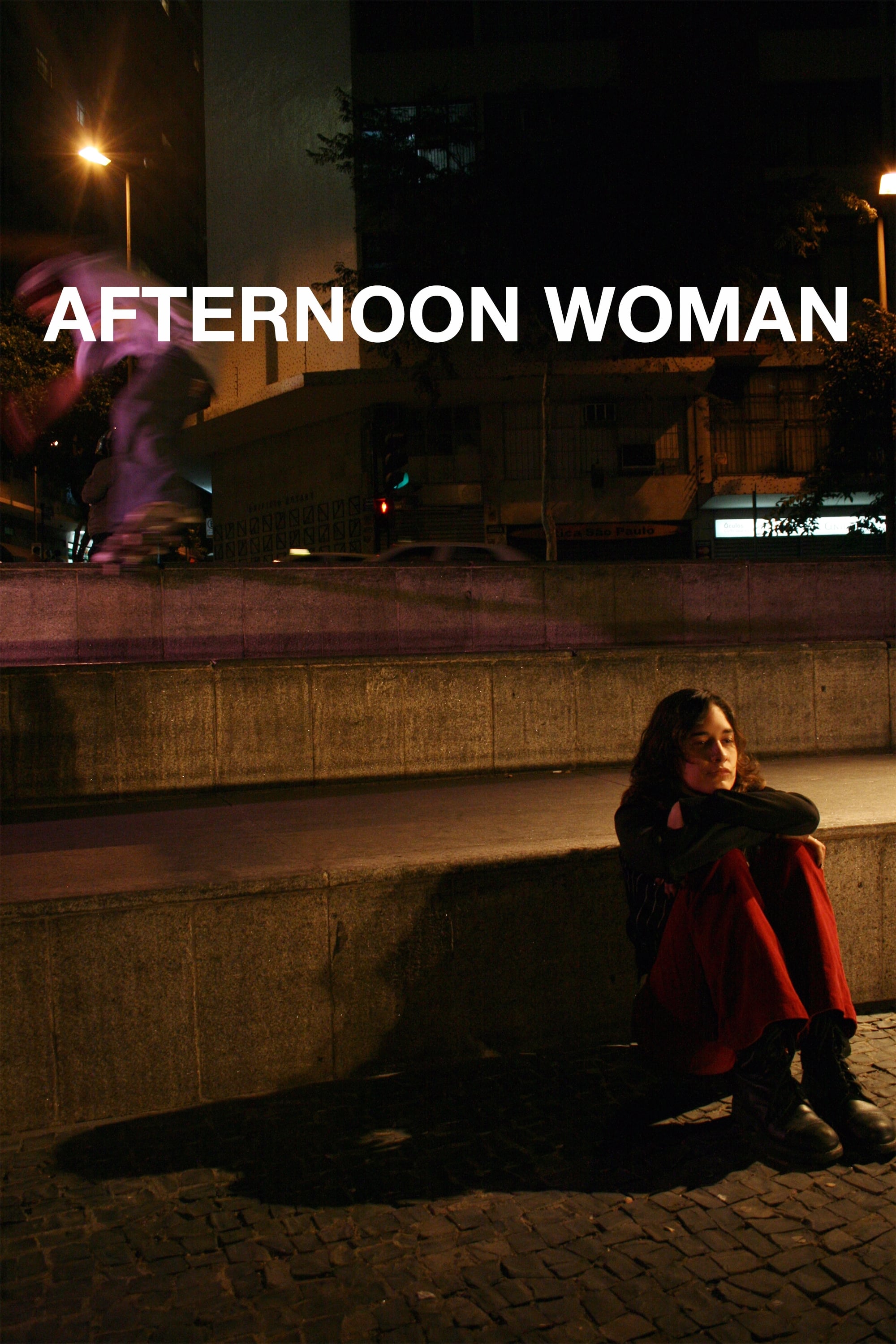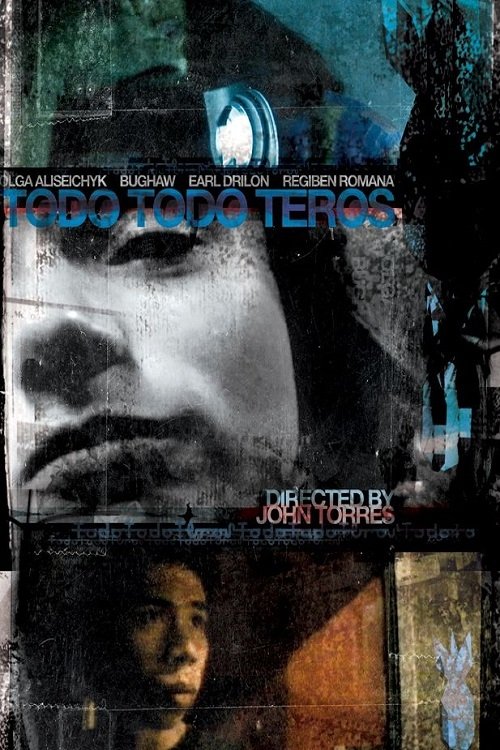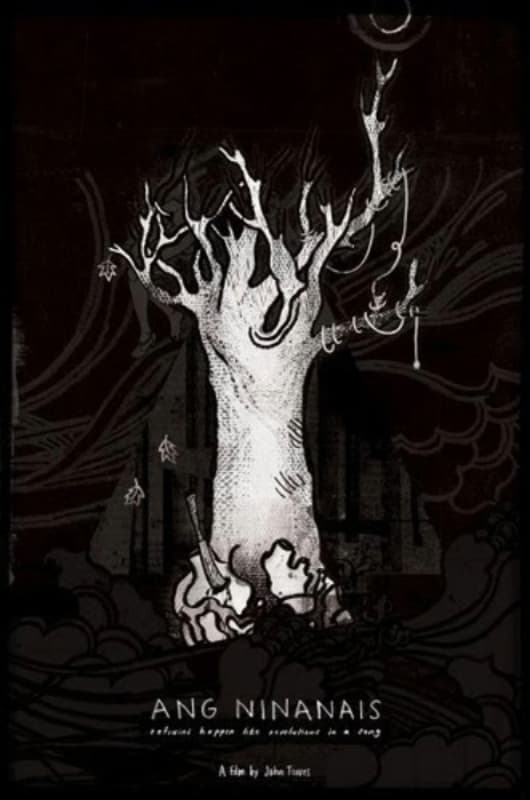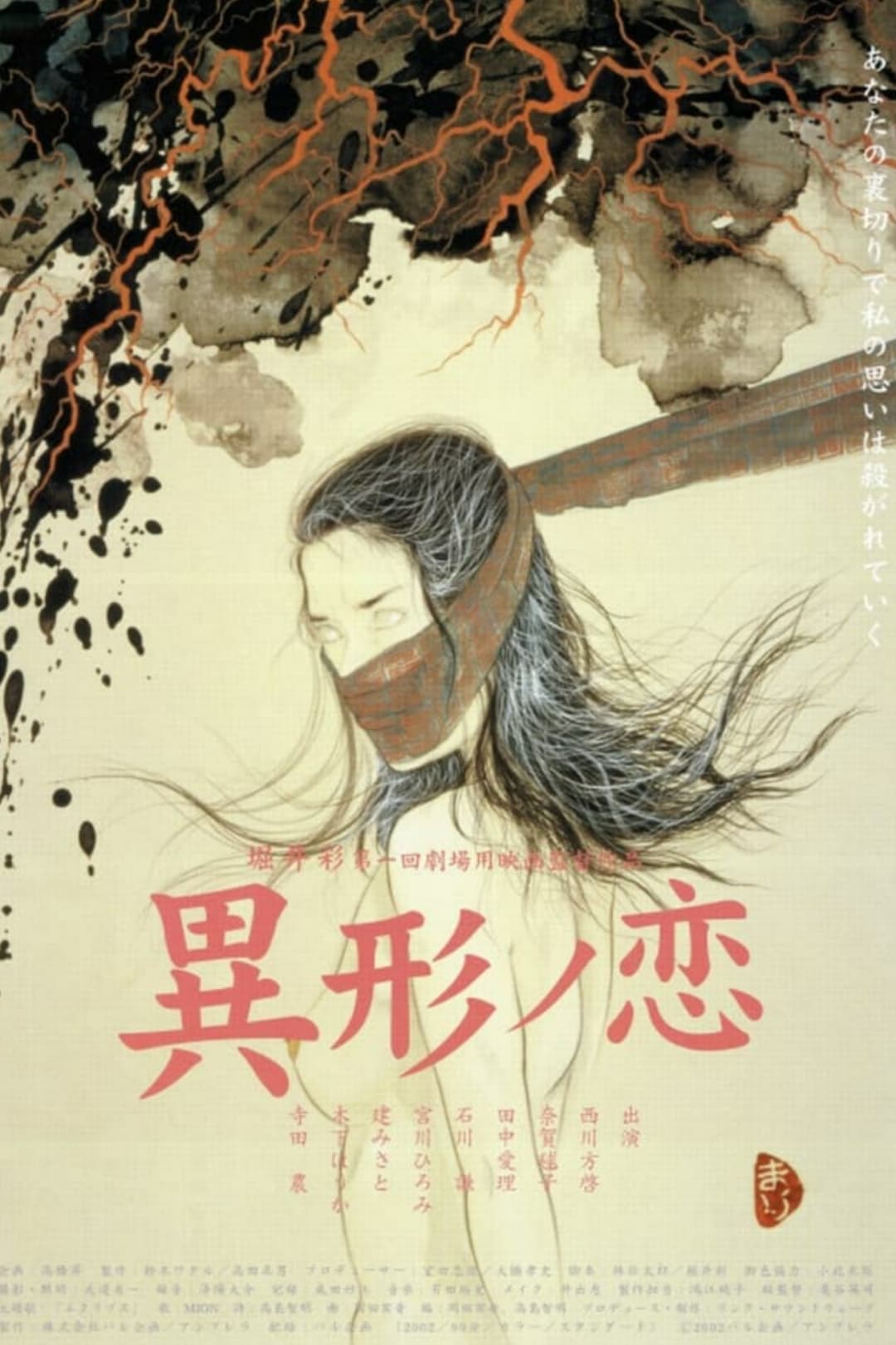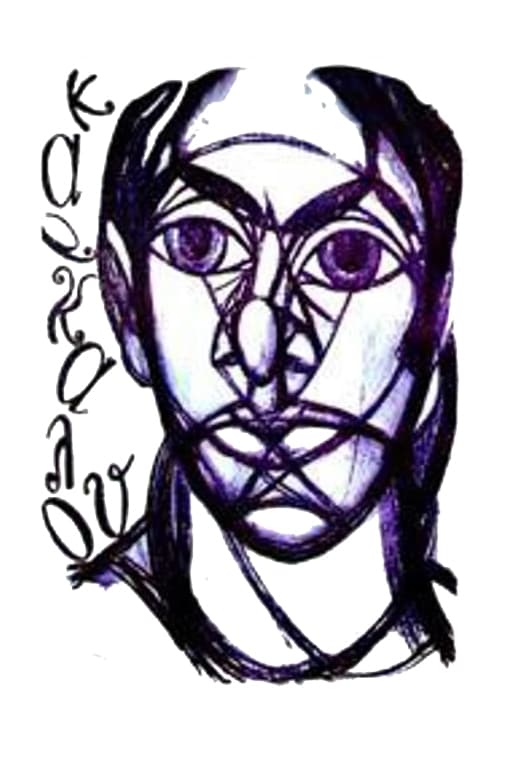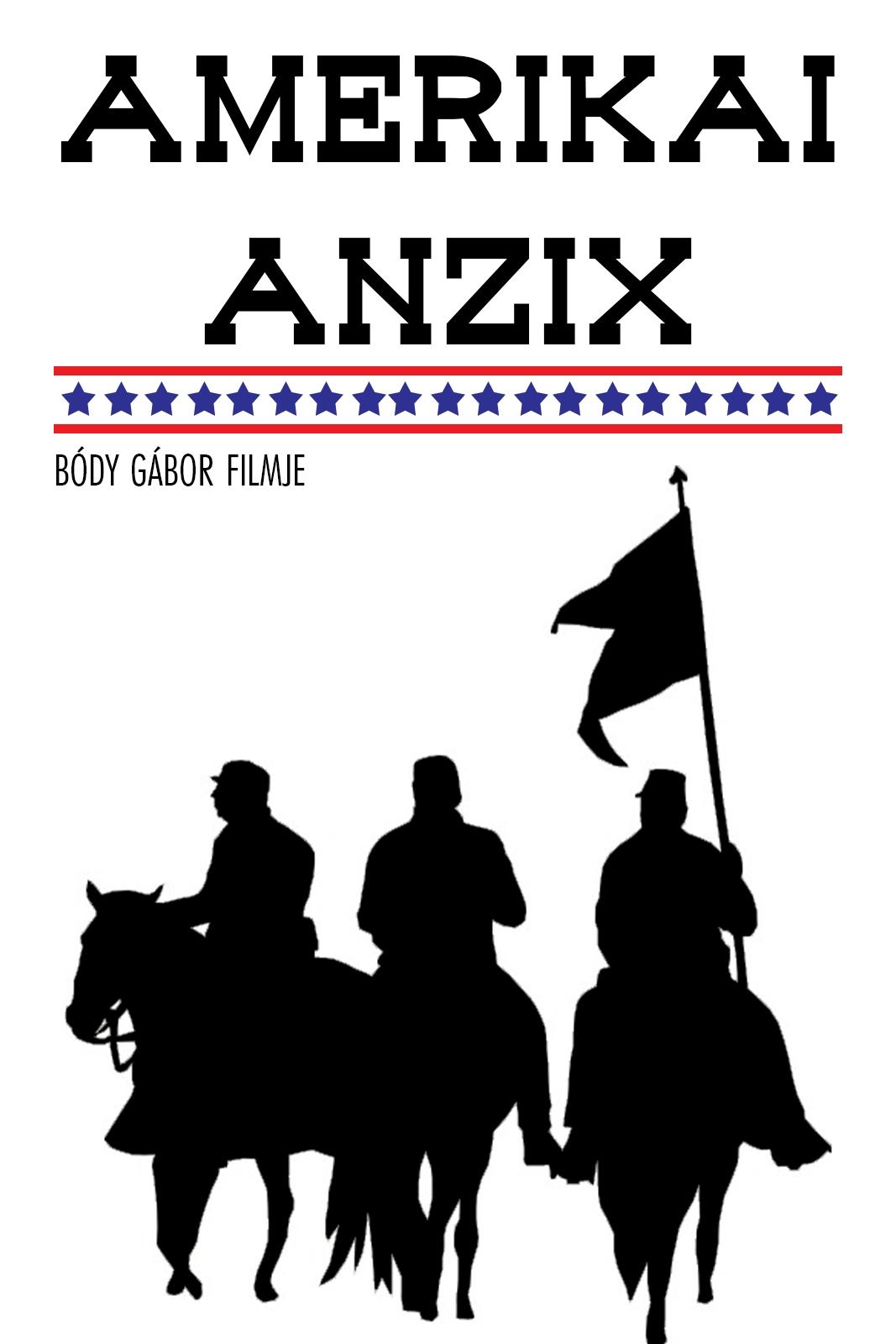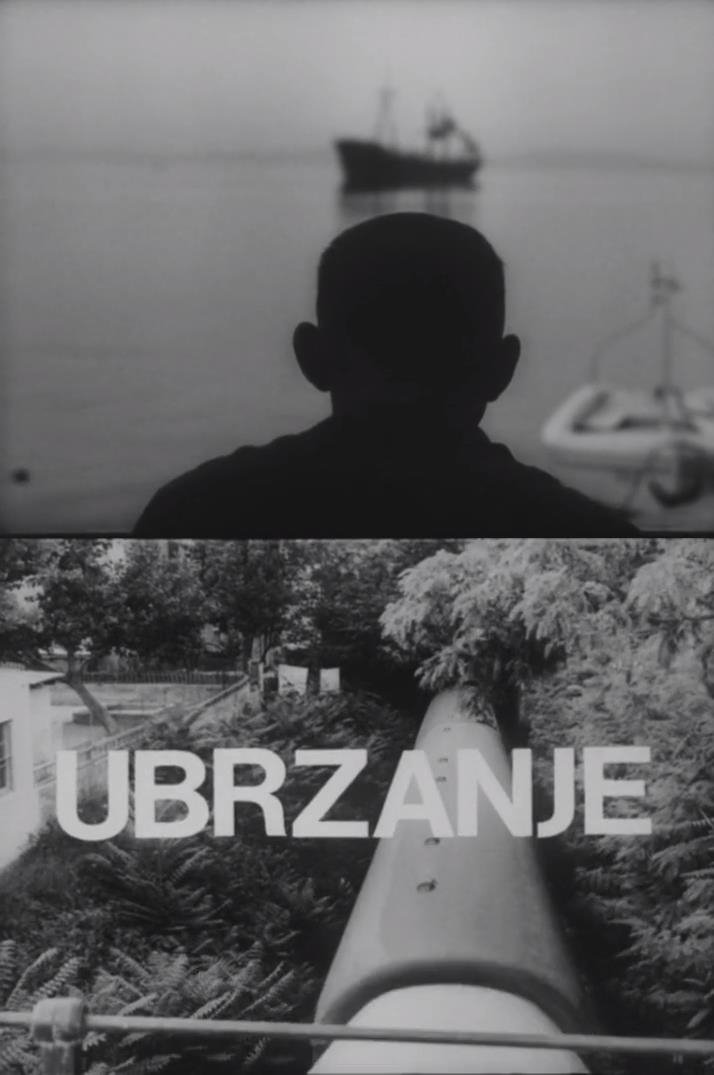
Acceleration (1968)
Overview
A film about the dominance of time and space over a human being. A poetic reflection on the transience of material life characterized by a Mediterranean ambience, contemplation, mosaic structure, and repetitive editing patterns.
Production Companies
Additional Info
| Budget | $0.00 |
|---|---|
| Revenue | $0.00 |
| Original Language | sh |
| Popularity | 0.223 |
Directed By
Ivan Martinac
TOP CAST
Similar Movies
The Lady, or the Tiger?
A visually experimental adaptation of the classic Frank Stockton short story.
Equilíbrio e Graça
A short film about the meeting of a Trappist monk and a Zen Buddhist master.
Brincando el Charco: Portrait of a Puerto Rican
Contemplates the notion of "identity" through the experiences of a Puerto Rican woman living in the US. In a wonderful mix of fiction, archival footage, processed interviews and soap opera drama, the film tells the story of Claudia Marin, a middle-class, light-skinned, lesbian Puerto Rican photographer / videographer who is attempting to construct a sense of community in the US. Confronting the simultaneity of both her privilege and her oppression, this experimental narrative becomes a meditation on class, race, and sexuality as shifting differences.
Razor Blades
In Razor Blades, Paul SHARITS consciously challenges our eyes, ears and minds to withstand a barrage of high powered and often contradictory stimuli. In a careful juxtaposition and fusion of these elements on different parts of our being, usually occurring simultaneously, we feel at times hypnotised and re-educated by some potent and mysterious force.
The Image Burns
Lois Patiño dissects the movement of a fire, analyses its fleeting ephemeral forms, and transforms them with sound to enrich the meaning of the images. The Image Burns begins as a reflection on our perception and becomes an intense interaction between the parts, between the images and the spectator. We look at the fire and the fire looks back at us.
Diwan
Diwan, a lyric anthology, an outdoor movie with people. With people living in the surrounding precious and very beautifully photographed nature, are neither more nor less than one part of it. What Nekes manages there with landscape, as a cunning and quote many fine artist in a medium that runs in time, as he defeated the time changed, by themselves for change of scenery uses, as it interferes with the laws of chronology through the rewind ability of the camera or destroyed, which is a compelling and highly aesthetic experimental company.
Memoirs of a Strangler of Blondes
First film by Julio Bressane shot in exile, "Memoirs" is a film about a man who repeatedly kills the same type of woman in same places, the same way. Filmed on the streets of London.
Crazy Love
Bressane's second London film, shot in six days in his apartment. "I had seen the French avant-garde films of the 1920's and naturally the title cites Breton. But underneath it can also be read in many ways. It is a cinema that is invented on the spur of the moment, like you invent an instrument to play music and then abandon it. This film came out like an improvisation, a total risk. It is a deconstruction of meaning but not in the analytical, intellectual sense. I have always tried to lose myself with my films. There is no trace of American or French underground cinema. If anything, it is the idea of home movies, there were many ideas for digital films long before digital film existed. This film made itself, it was like a jazz improvisation. Amor Louco is a lost object, it doesn't speak any language, it has no signs, no letters, no captions. And in the scene where the cataract is cut with the razor blade, it was the adventure of the film itself that was put to the test".
Serenity
Originally edited in two versions. Version I, 70 minutes; version II, 90 minutes. (The only known existing version is not Markopoulos’s edit and contains additional titles, music and voice-over added later than 1961. 65 minutes.) Filmed in Mytilene and Annavysos, Greece, 1958. Existing copy on video, J. and M. Paris Films, Athens.
Afternoon Woman
The daily lives of three young women that live together in a big city in Brazil and go through crucial moments in their lives.
Todo Todo Teros
Basically an artist is also a terrorist, the protagonist thinks in an unguarded moment. And if he is a terrorist after all, then he might just as well be one. Not an instant product, but an experimental feature in which diary material is brought together to form an intriguing puzzle.
Refrains Happen Like Revolutions in a Song
Sarah is a debt collector who lives among the inhabitants of the village of Guimbal on the island of Panay. She wants to find the young man who appeared to her in a dream and goes to the island of Negros. Here, as she interacts with the inhabitants, Sarah continues her search, gathering memories of life and war, dreams, myths, legends, songs and stories that she takes part in and at times revolve around her. She is the daughter of an ancient mermaid, a revolutionary, a primordial element, a virgin who was kidnapped and hidden away from the sunlight. “The film is a retelling of fragments of the American occupation. Dialogue, shot in the Hiligaynon language, is not translated but used as a tonal guide and a tool for narration. Using unscripted scenes shot where the main character was asked to merely interact with the villagers, I discard dialogue and draw meaning from peoples’ faces, voices, and actions, weaving an entirely different story through the use of subtitles and inter-titles.”
Dyketactics
Born in Los Angeles but a New Yorker by choice, Barbara Hammer is a whole genre unto herself. Her pioneering 1974 short film Dyketactics, a four-minute, hippie wonder consisting of frolicking naked women in the countryside, broke new ground for its exploration of lesbian identity, desire and aesthetic. (from bfi.org.uk)
Igyō no koi
A sensual coming-of-age drama direct — It depicts a precarious relationship between a homosexual woman and a man who was picked up by her and ends up living with her
Karkalou
In this avant-garde look at a series of unique or eccentric men and women, director Stavros Tornes has created a film that is visually engaging, but too obscure in many points to be understood. The main protagonists are a young taxi driver -- a man who has had some very unusual, puzzling, and inspirational experiences -- and a middle-aged painter he gains as a new friend. The two men are complemented by a few tough women (all played by the same actress), a pair of verbose politicos, and a handful of other distinctive characters. By the end of the movie, transformations are in store for the pair of friends, reflecting the tenor of the film throughout. ~ Eleanor Mannikka, Rovi
American Torso
The film depicts the lives of veterans of the 1848 Hungarian Revolution in the American Civil War, based in part on an Ambrose Bierce story. The whole film was re-edited using his own method called "light editing" in order to make it resemble a damaged silent film from the late 1800s.
Marital Rape Is Real
Marital Rape Is Real is a short film adapted from several published essays on marital rape by Shanon Lee.
